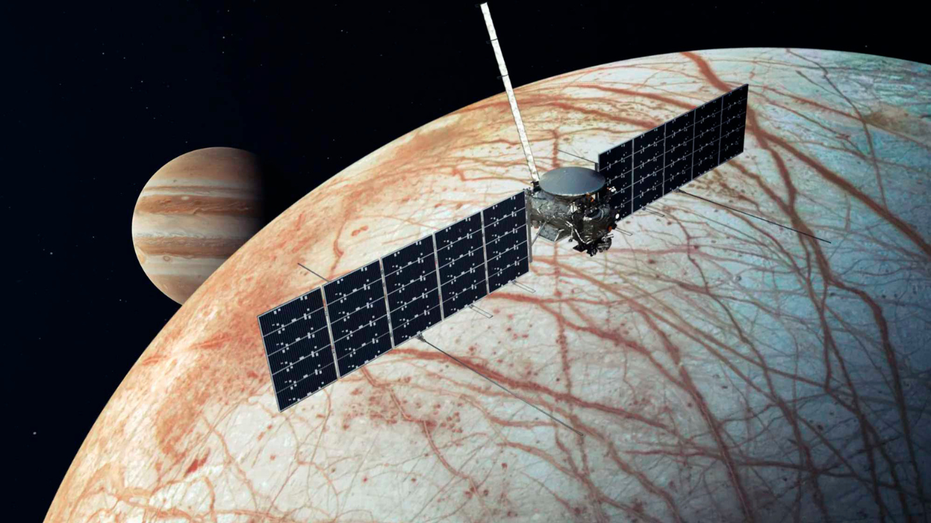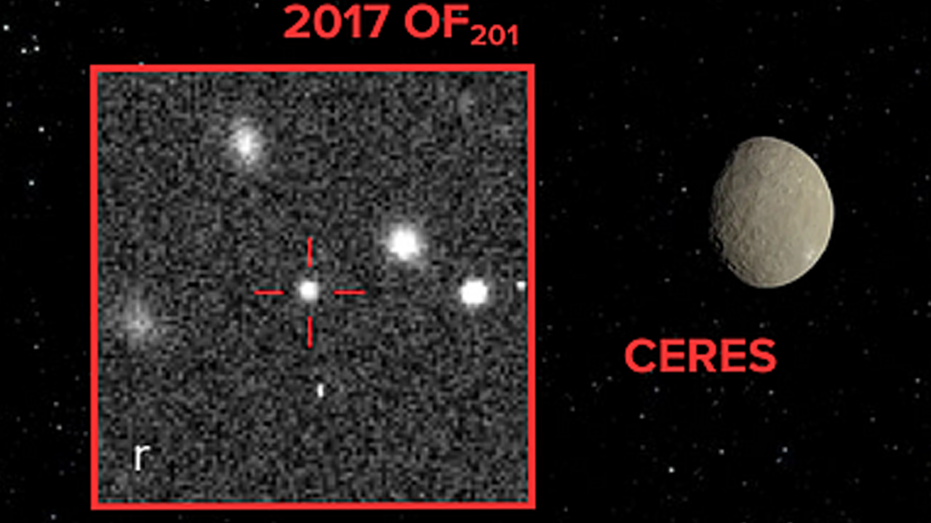NASA's Europa Clipper Mission: A Voyage to Jupiter's Icy Moon in Search of Habitable Conditions

Sarah Johnson
March 1, 2025
Brief
NASA's Europa Clipper mission launches to Jupiter's moon Europa to assess its subsurface ocean's potential for life, using advanced instruments to probe beneath the icy crust.
NASA is gearing up to launch its Europa Clipper spacecraft to Jupiter's moon Europa, a prime candidate for harboring life beyond Earth. This mission isn't about finding life directly, but rather assessing whether Europa's subsurface ocean could support it. Think of it as a reconnaissance mission before the real treasure hunt begins!
Europa Clipper will investigate the icy crust of Europa, beneath which scientists suspect lies an ocean relatively close to the surface. Program scientist Curt Niebur notes that this mission presents an opportunity to explore a world that might be habitable right now, not just billions of years ago.
Equipped with massive solar panels, Clipper is NASA's largest spacecraft built for planetary investigation. It's a long journey of 5 1/2 years to Jupiter, with planned flybys as close as 16 miles from Europa's surface – a daringly close encounter. The mission is slated to launch this month aboard SpaceX’s Falcon Heavy rocket from Kennedy Space Center, with a total cost of $5.2 billion. Talk about a cosmic investment!
Europa, one of Jupiter's 95 moons, is nearly the size of Earth's own moon. It has an ice sheet estimated to be 10 to 15 miles thick, concealing an ocean that could be over 80 miles deep. The Hubble Space Telescope has even spotted potential geysers erupting from the surface. Discovered in 1610 by Galileo, Europa is one of Jupiter's four Galilean moons, alongside Ganymede, Io, and Callisto.
The mission aims to determine if Europa has the essential ingredients for life: water, organic compounds, and an energy source, potentially from thermal vents on the ocean floor. Deputy project scientist Bonnie Buratti suggests that any life on Europa might resemble primitive bacteria found near Earth's deep-sea vents. Clipper's primary goal is to ascertain whether the moon's ocean, or any water pockets within the ice, could sustain life.
With its solar wings and antennas deployed, Clipper spans the size of a basketball court, weighing nearly 13,000 pounds. Its supersized solar panels are necessary due to Jupiter's distance from the sun. The main body, about the size of a camper, houses nine scientific instruments, including ice-penetrating radar, mapping cameras, and tools to analyze Europa's surface and atmosphere. The name "Clipper" pays homage to the swift sailing ships of the past.
The journey to Jupiter will cover 1.8 billion miles, with flybys of Mars and Earth for added momentum. Arrival at Jupiter is scheduled for 2030, with scientific operations beginning the following year. During its orbit around Jupiter, Clipper will encounter Europa 49 times. The mission will conclude in 2034 with a planned crash into Ganymede, Jupiter's largest moon and the solar system's biggest.
Jupiter's radiation environment poses a significant challenge. Europa's orbit passes through intense radiation belts, necessitating a heavily shielded electronics vault made of aluminum and zinc. While this radiation would be lethal to surface life, it could potentially break down water molecules and release oxygen into the ocean, possibly fueling life there. It's kind of ironic, isn't it?
Earlier this year, NASA worried about the transistors' ability to withstand the radiation, but engineers have since given the green light. Previous missions, including NASA's Pioneer and Voyager spacecraft, and the Galileo mission, have provided valuable data and images of Europa. The European Space Agency’s Juice spacecraft, launched last year, will also arrive at Jupiter a year after Clipper.
Other moons, like Ganymede and Callisto, also potentially harbor underground oceans, but their thicker ice shells make them harder to probe. Saturn's moons Enceladus and Titan are also suspected of having subterranean seas. Scientists believe that ocean worlds may be common beyond our solar system.
Like many previous robotic explorers, Clipper carries messages from Earth. A metal plate attached to the electronics vault features representations of the word for water in 104 languages, a poem about the moon by U.S. poet laureate Ada Limon, and a silicon chip with the names of 2.6 million people who signed up to virtually join the ride. It's a beautiful gesture, connecting humanity to this grand endeavor!
Topics
Editor's Comments
This mission is a huge step towards answering one of humanity's most profound questions: Are we alone? The fact that we're sending a spacecraft all the way to Jupiter to investigate the potential for life on Europa is just mind-blowing. I'm particularly excited about the possibility of finding thermal vents on Europa's ocean floor. If life exists there, it would be a game-changer.
Like this article? Share it with your friends!
If you find this article interesting, feel free to share it with your friends!
Thank you for your support! Sharing is the greatest encouragement for us.



